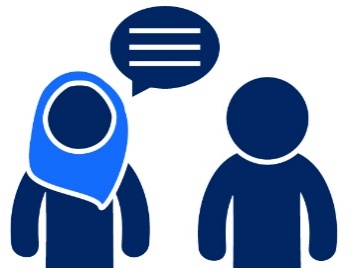4. Local identity
|
|
When public spaces are diverse, they:
|
|
|
Public spaces can have lots of history. This helps make them special. |
The history of public spaces can be: |
|
|
|
|
|
|
|
|
|
Country is diverse, so public spaces are all different. |
|
|
Public spaces should respect local Aboriginal:
|
|
|
Our public spaces should have spaces to:
|
|
|
We should look after what makes our public spaces special. This will help to protect them in the future. |
We can support local artists to: |
|
|
|
|
|
|
|
